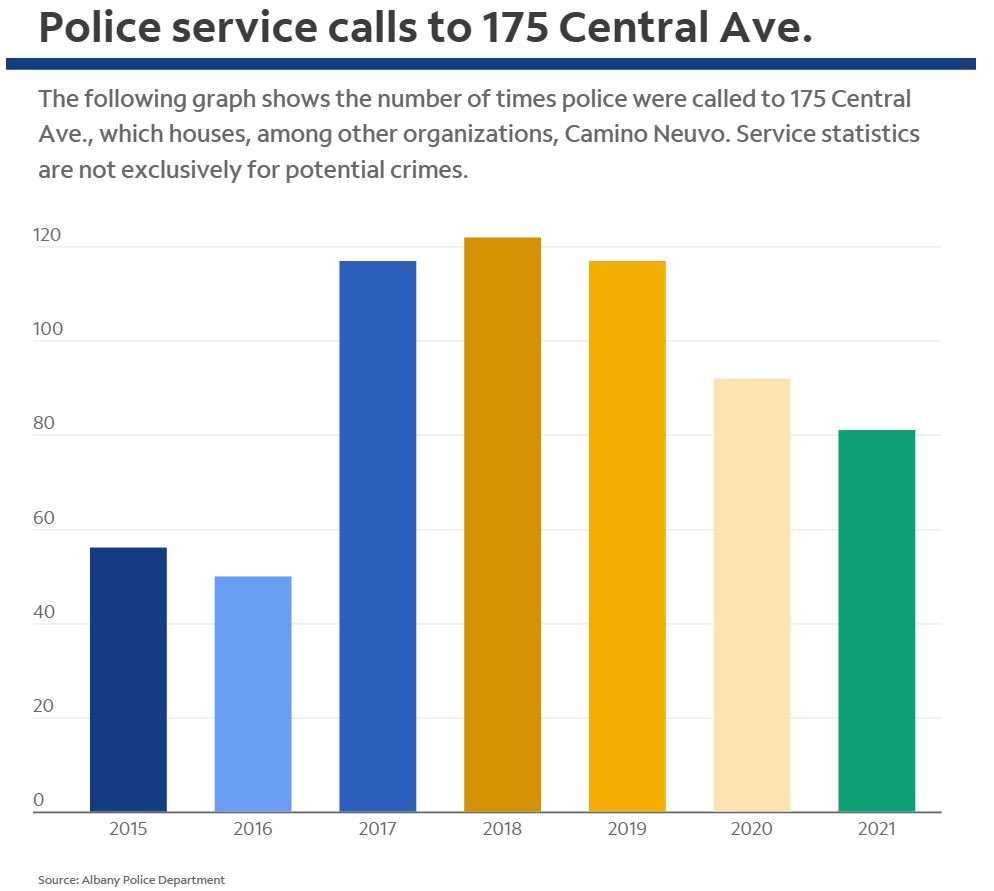A Deep Dive into Methadone Clinic Liability and Public Safety

The opioid crisis has led to an increase in Opioid Treatment Programs (OTPs) across the United States. While these programs aim to provide a solution to addiction, they come with their own set of challenges and risks that can impact public health and well-being. This article explores scenarios that could arise from opening an OTP in Menands, focusing on methadone clinic liability, decreased home values, increased crime, and the potential rise in taxes to fund public safety measures.
Methadone Clinic Liability
The Risks of Methadone: A Community Problem
Methadone clinics face a number of liability risks, including lawsuits for overdose deaths and traffic accidents. These risks not only affect the clinic but also pose a danger to the community at large.
- Overdose Risk: Methadone’s long half-life makes it easier for patients to overdose, posing a risk to public health. The National Institute on Drug Abuse reported a 38% increase in methadone overdose deaths from 2019 to 2020.
- Traffic Accidents: Methadone can impair judgment and reaction time, making it dangerous to drive. This poses a risk to community safety, as evidenced by a $20 million lawsuit against a Minnesota methadone clinic in 2021.
Legal Risks: A Financial Burden on the Community
Methadone clinics can also be sued for malpractice and negligence. These legal claims can result in significant financial liability, affecting not just the clinic but also the local economy.
- Types of Lawsuits Clinics Face: Methadone clinics have been sued for a variety of legal claims, including malpractice, wrongful death, and negligence. These lawsuits can result in significant financial liability, affecting not just the clinic but also the local economy.
Treatment Failure: A Strain on Public Health Resources
Methadone Maintenance Treatment (MMT) has a significant treatment failure ratio, with some studies reporting failure rates as high as 50% (ScienceDirect). This means that up to half of all patients who start MMT will eventually relapse to opioid use.
- Lack of Motivation: Some patients may not be fully motivated to change their behavior and quit using opioids, making it difficult for them to adhere to the demands of MMT.
- Co-occurring Mental Health Disorders: Many patients with opioid use disorder also have co-occurring mental health disorders, such as depression or anxiety. These disorders can make it more difficult for patients to stay in treatment and recover from addiction.
- Trauma: Many patients with opioid use disorder have experienced trauma in their lives. This trauma can lead to relapse, especially if the patient is not receiving adequate treatment for their trauma.
- Social Support: Patients with opioid use disorder need strong social support to recover. If a patient does not have a supportive family or social network, they are more likely to relapse.
Decreased Home Values: A Financial Hit for Residents
The impact on property values is likely to be most significant in the immediate vicinity of the OTP. A study by Bennie Waller, Ph.D., found that homes within one-eighth mile of a residential treatment center for opioid addiction are reduced in value by up to 17% (Bennie Waller).
- Concerns for Potential Buyers: Some potential home buyers may be concerned about the potential for increased crime or drug trafficking near the clinic.
- Impact on Quality of Life: Others may be worried about the impact on their quality of life, such as increased noise or traffic.
Increased Crime Rates: A Threat to Community Safety

OTPs can inadvertently become centers for drug trafficking and illicit drug use. This is because drug dealers know that OTP patients have access to cash and drugs. Drug dealers may also target OTP patients because they are more vulnerable and may be less likely to report crimes to the police (Points History). The above graph shows a stark increase in police calls after Camino Nuevo, an OTP opened in downtown Albany.
- Violent Incidents: There have been instances of shootings and other violent activities near methadone clinics. This is likely due to a number of factors, including drug trafficking, mental health disorders, and trauma.
Increase in Taxes for Public Safety: A Financial Burden for Residents
The opening of an OTP could necessitate increased spending on public safety measures, such as increased police patrols and emergency services. This could lead to a rise in taxes for local residents.
- Supporting Evidence: A study conducted in Baltimore, MD, found that neighborhoods with OTPs experienced statistically significant increases in rates of violent crime and property crime compared to control neighborhoods without OTPs (Furr-Holden et al., 2016).
- Financial Burden on Taxpayers: A report from the California State Auditor indicated that counties have incurred costs related to public safety, environmental health, behavioral health, and child welfare services due to OTPs opening in their jurisdictions (California State Auditor, 2021).
Conclusion
While OTPs can play an important role in addressing the opioid crisis, they also pose a number of potential downsides, including legal liabilities and public safety concerns. The worst-case scenarios, such as methadone overdose deaths, increased drug trafficking, and violent crime, are alarming. Therefore, it’s crucial for communities to weigh the risks and benefits carefully before opening an OTP.
Recommended Resources for Further Reading
- Albany Methadone Clinic draws Ire
- Spectrum News
- An OTP is creating an unsafe environment in the Central Avenue business district of Albany and should be relocated, city officials and business owners say.
- CDC on Opioid Overdose
- CDC Opioid Overdose
- For comprehensive data and insights on the opioid crisis, the CDC offers a wealth of information. This resource is invaluable for understanding the public health implications of opioid overdoses.
- NIDA’s Guide to Methadone
- NIDA Methadone
- The National Institute on Drug Abuse provides an in-depth look at methadone, its uses, and its risks, making it a must-read for anyone interested in methadone clinic liability.
- ScienceDirect on MMT Failure Rates
- ScienceDirect MMT Failure Rates
- This academic article delves into the failure rates of Methadone Maintenance Treatment, offering a scientific perspective on the challenges of MMT.
- Bennie Waller’s Research on Property Values
- Bennie Waller Research
- Bennie Waller, Ph.D., explores the impact of residential treatment centers on property values, providing empirical evidence for the financial implications on local residents.
- California State Auditor Report on OTP Costs
- California State Auditor Report
- This report from the California State Auditor offers a detailed analysis of the financial burden OTPs
